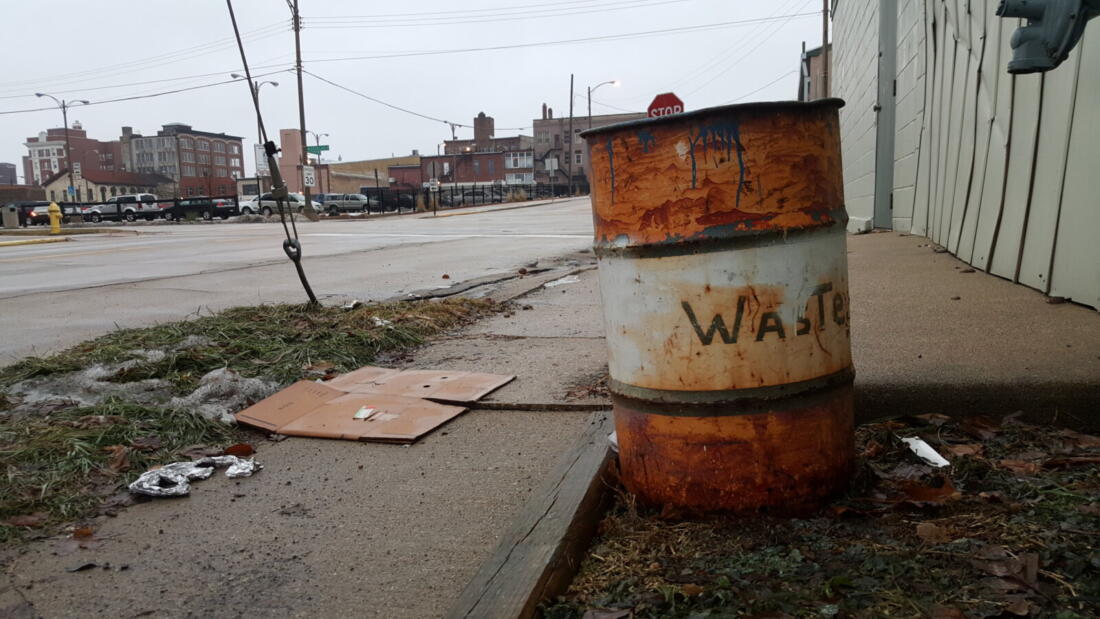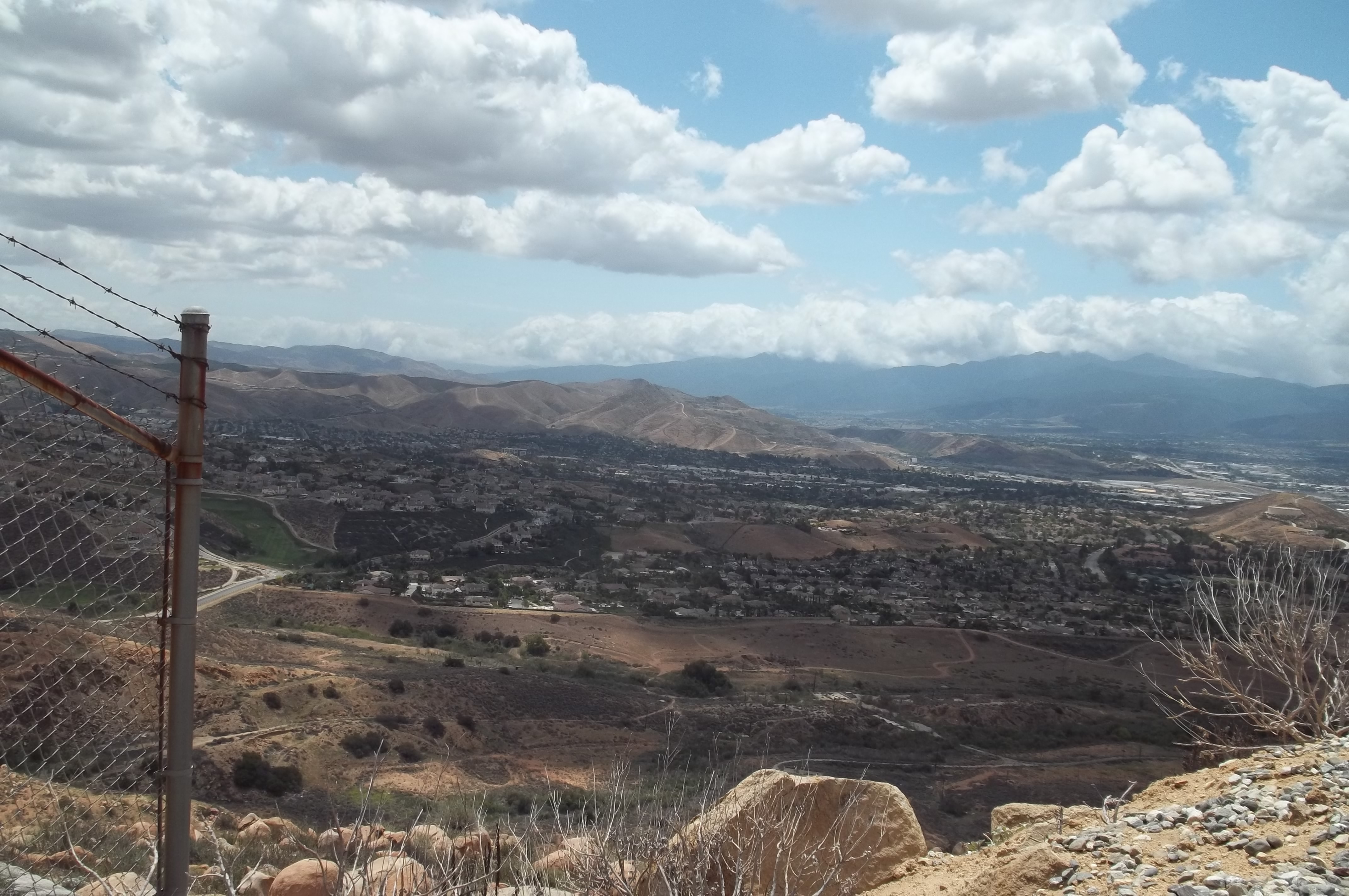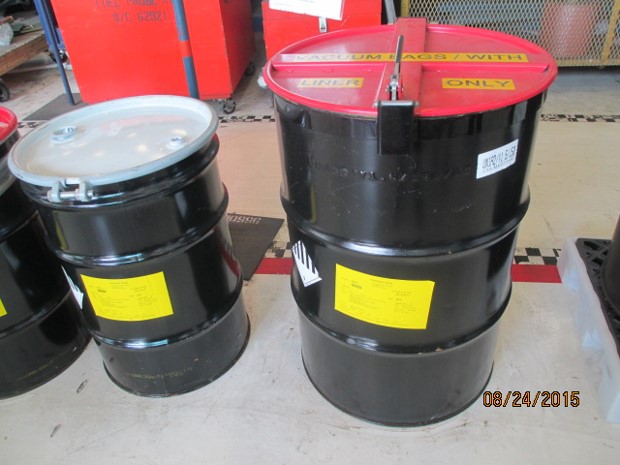The activation of the e-Manifest System by USEPA on June 30, 2018 caught some hazardous waste handlers by surprise. Since the system’s launch USEPA has worked diligently to fix its few small bugs, provide regulatory relief where it must, and answer questions from the hazardous waste handlers (e.g. generators, transporters, receiving facilities or designated facility, state regulatory agencies, & brokers) who are trying to use it. Here is one of those questions.
Some background:
The e-Manifest System was created by the U.S. Environmental Protection Agency (USEPA) to allow for an entirely paperless method to track the progress of a regulated waste shipment from “cradle-to-grave” (read: Use of the e-Manifest and: History of the e-Manifest). At its core is the creation and supported use of an electronic version of the uniform hazardous waste manifest, the e-Manifest System. The system may be used for the transport in commerce of any waste that is required to use the uniform hazardous waste manifest under Federal or state regulations. This includes:
- Hazardous waste generated by a large quantity generator or small quantity generator.
- PCB waste subject to regulation under the Toxic Substances Control Act (TSCA).
- Waste subject to state regulation, e.g., Non-RCRA Hazardous Waste in California and Class 1 Non-Hazardous Industrial Solid Waste in Texas.
So, the answer to that question:
Yes. USEPA regulations allow regulated waste handlers to continue using paper manifests after the system launch on June 30, 2018. However, this continued use comes with some modifications to current practice and a cost($)!
Modifications???
The regulations of the e-Manifest System mandated changes to the paper manifest form after June 30, 2018.
- Replacement of the 6-part (or page) manifest with a 5-part form. The two parts previously detailed to the state (parts 1 & 2) have been replaced with one (part 1) to be submitted to the e-Manifest System. The copy notation at the bottom of part 1 will state this as a directive.
- A notice at the bottom of part 3 advising destination facilities to review their responsibilities (printed on the back) under the e-Manifest System if they receive a paper manifest.
- New instructions on the back corresponding to each type of waste handler (generator, transporter, designated facility) and their responsibilities under the e-Manifest System.
If the new 5-part manifest form is used, no problem. Just follow the instructions. But, if waste handlers continue to use the 6-part manifest after June 30, 2018 (to deplete existing stocks) the directive text at the bottom of part 1 must be covered with a sticker that reads: “designated facility to EPA’s e-Manifest system” and part 2 discarded.
If you like this article, please share it using any of the social media platforms identified at the bottom of this article. You’ll look real smart recommending my articles! |
Cost???
While it does not currently mandate the use of the e-Manifest System USEPA has its ways to encourage waste handlers to transition from paper to electronic: money. Persons who continue to use the paper manifest after June 30, 2018 will pay higher fees for each manifest. This fee is paid by the designated facility who must submit the manifest to the system but I’m sure they will pass those costs on to the generator.
User fees as of November 9, 2018:
- Mailed in paper manifest: $15.00
- Scanned image upload: $10.00
- Data+ image upload: $6.50
- Electronic manifest (fully electronic and hybrid): $5.00
The future:
Beginning on June 30, 2021, USEPA will no longer allow the designated facility to mail paper manifest for processing into the e-Manifest System. This does not prevent the continued use of paper manifests but it will require the designated facility to be able to scan and upload the paper manifest in order for the shipment to be tracked in the e-Manifest System.
According to USEPA, “In several years…” it will evaluate e-manifest user trends and consult with the e-Manifest system Advisory Board to determine if additional restrictions should be adopted on the use of paper manifests. Again, from USEPA:
However, this will not have any impact on users for at least the initial five years of program implementation.
So that means you have until, at least, 2023 before you may have to abandon the paper manifest entirely.
Confused? Contact me with questions.
Also, help is available from USEPA: Questions About the e-Manifest System
And remember, if the e-Manifest System concerns you and the operations of your facility, you are likely subject to regulation that requires training for your hazardous waste personnel. I can help with that as well!












